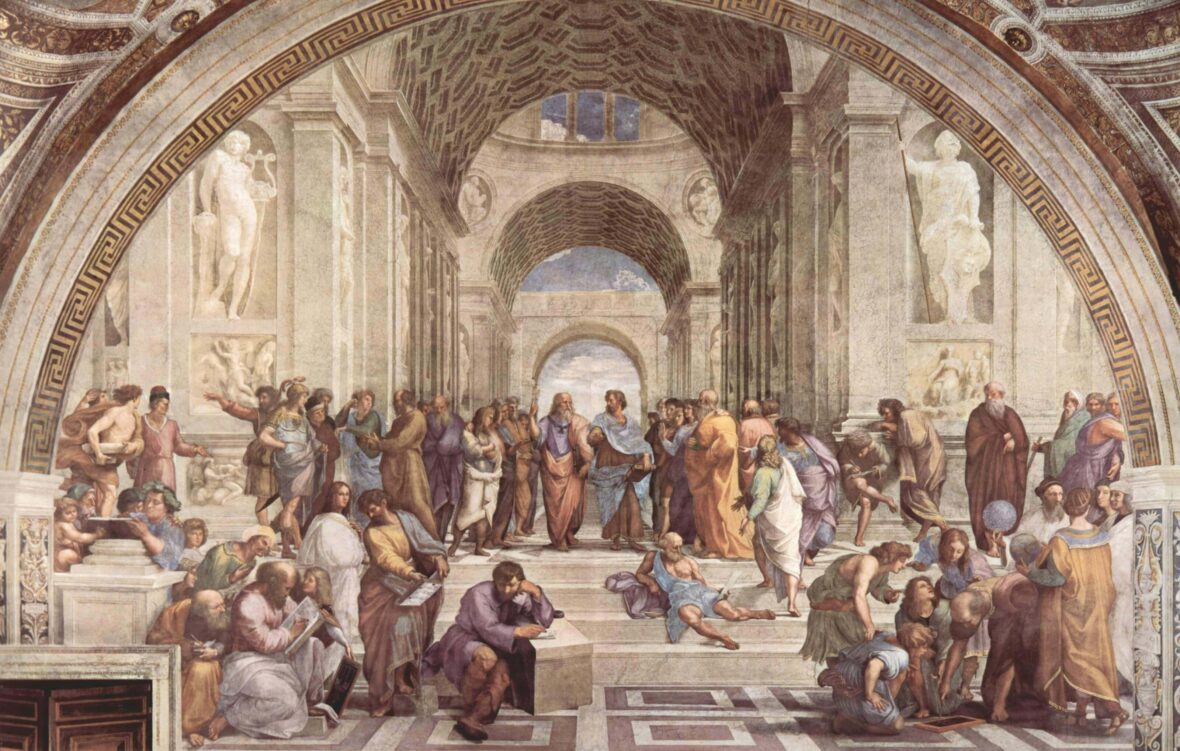Plato’s theory of forms
The theory of forms by Plato can be applied to the momentary effect of architecture. Forms are further explained by philosopher Plato’s Theory of forms. In this theory, Plato states that the physical world is not the real world. Instead, there is an ultimate universe that exists beyond the physical world.
Two opposite worlds of a theory of forms
Plato declares that there are two opposite worlds. Which are the physical and spiritual worlds. He asserts the spiritual realm as the realm of forms (which is also known as the “World of ideas’’). Plato’s theory states that the physical world is only a shadow or the image of the true reality of the realm of forms.
Plato’s theory of ideas
Plato’s theory of Ideas, often referred to as forms, is indeed considered central to his philosophy by most critics. However, there is still considerable debate regarding what exactly the forms are and the role they play. To navigate through this, students of Plato’s dialogues need to exercise independent judgment while considering the evidence. Fortunately, we have Aristotle’s firsthand contemporary account of Plato’s doctrine, which provides a valuable starting point. While there is a possibility that Aristotle might have misunderstood Plato, it would be unwise to dismiss his interpretations outright, especially when he explicitly attributes certain opinions to Plato. Unless Aristotle’s assertions are demonstrably inconsistent with Plato’s own words, they deserve serious consideration.
Architectural Theory of Forms
Architectural theories are fundamental to the field, providing the foundation upon which architecture relies. Concurrently, design methodologies serve as the cornerstone of the design process, with each design process possessing its unique methodology, potentially drawing from one or multiple architectural theories.
Architectural theories surrounding their categories
This paper will delve into two key topics: architectural theories, encompassing their categories, types, and pioneers, and design methodologies employed by designers. Through a concise anthology of architectural theories, the paper will shed light on various theorists who have embraced these theories from ancient times, starting with Vitruvius, up to the present. Furthermore, it will analyze examples illustrating the application of architectural theories in design and examine how these theories influence design methodologies.
Books about architectural theories
Very few books on architectural theory provide a comprehensive overview of the field, and none quite like this one that reviews its concepts, themes, and practices in a compendium format. One example of a book attempting to tackle theoretical issues semi-nomically is Necdet Teymur’s “Environmental Discourse” from 1982. Despite its challenges, there is valuable material within if you can navigate through its idiosyncrasies. Teymur’s book covers a wide range of topics, which highlights the difficulty of organizing a subject in a way that is both comprehensive and easily digestible.
Conclusion
- Plato states that the physical is not the real world there’s something beyond it (Ultimate universe).
- Two opposite worlds which are physical and spiritual.
- Architectural theories are important to the field, providing the base upon which architecture relies.
- Some Architectural theory books review its concepts, themes, and practices in a compilation format.








One Comment
Quratulain Ali
September 18, 2024 at 1:57 pmVery nice 🙂🥰